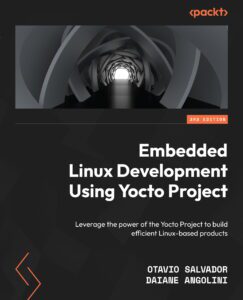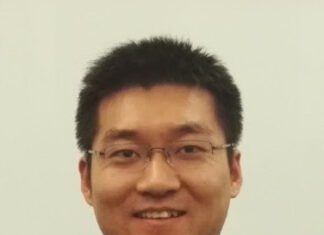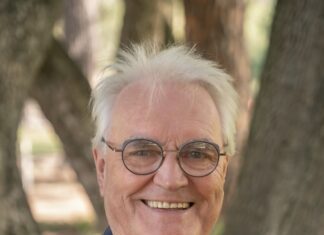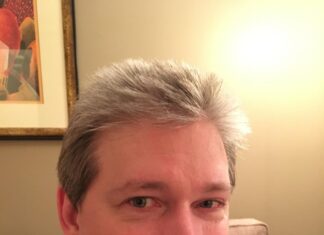Daiane Angolini is the author of Embedded Linux Development Using Yocto Project, we got the chance to sit down with him and find out more about her experience of writing with Packt.
Q: How did you become an author for Packt? Tell us about your journey. What was your motivation for writing this book?
Daiane: Otavio invited me to be part of this project during the first edition. After that, we worked to create a list of must-haves topics and the perfect flow for those topics. After that, we work to enhance the topic flow, including new topics, and update the content for each new edition. It was a challenging task, and we had a lot of help from the reviewers and some community members.
Q: What is the name of your book?
Daiane: Embedded Linux Development Using Yocto Project.
Q: What kind of research did you do, and how long did you spend researching before beginning the book?
Daiane: We worked for more than one year on the first edition. We based the research on our experience with the tool and the current community documentation. For the third edition, it took us around eight months to complete.
Q: Do you have a blog that readers can follow?
Daiane: No, I don’t have any.
Q: What key takeaways do you want readers to come away with from the book?
Daiane: That the Yocto Project is a powerful tool, and although its flexibility brings complexity and its learning curve may be long, it’s not impossible, and with some help, it can be more accessible.
Q: Can you share any blogs, websites and forums to help readers gain a holistic view of the tech they are learning?
Daiane: The official community documentation is the better place! https://docs.yoctoproject.org/
Q. Did you face any challenges during the writing process? How did you overcome them?
Daiane: The main challenge for me was regarding the flow and pace of the content. And it became more and more clear as much as we talked with others about that. We learned a lot from the community members during that phase. Other than that, having a co-author was crucial for completing the book. Working with Otavio is fun, and I learnt a lot.
Q. How would you describe your author journey with Packt? Would you recommend Packt to aspiring authors?
Daiane: It was effortless for me to work with Packt. They always have a team helping us with all the phases of writing a book, so I’m confident to recommend them.
Q. Why should readers choose this book over others already on the market? How would you differentiate your book from its competition?
Daiane: The main goal of this book is to target the newcomer. It is a good starting point before you deep dive into the Yocto Project, so after reading this book, I trust the official community documentation will be easier to understand.
Q. What is/are your specialist tech area(s)?
Daiane: My special tech areas are Embedded Engineer and Application Engineer.
Q. What advice would you give to readers jumping into this technology? Do you have any top tips?
Daiane: Start slowly and keep going.
Q. Do you belong to any tech community groups?
Daiane: I participate in several open-source communities for embedded projects.
Q. What’s your take on the technologies discussed in the book? Where do you see these technologies heading in the future?
Daiane: When we started the first edition, the Yocto Project was still the tool for the future. Today, it is already used by several companies, and it’s becoming more and more robust.
Q. How did you organize, plan, and prioritize your work and write the book?
Daiane: I stopped all my personal projects to start working on the third edition, so I used my free time to work on the book writing.
Q. What are your favorite tech journals? How do you keep yourself up to date on tech?
Daiane: For me, open-source mailing lists are the best place to keep up with the technologies. Other than that, I like to follow some folks on social media.
Q. Would you like to share your social handles? If so, mention them below.
Daiane: Of course. @angolini (Twitter).
Q: What is that one writing tip that you found most crucial and would like to share with aspiring authors?
Daiane: Plan your outline, and break it into sections. After that, start typing. The initial text is only a guide and will be reworked several times, and there is no need to overthink it.
You can find Daiane’s book on Amazon by following this link: Please click here









